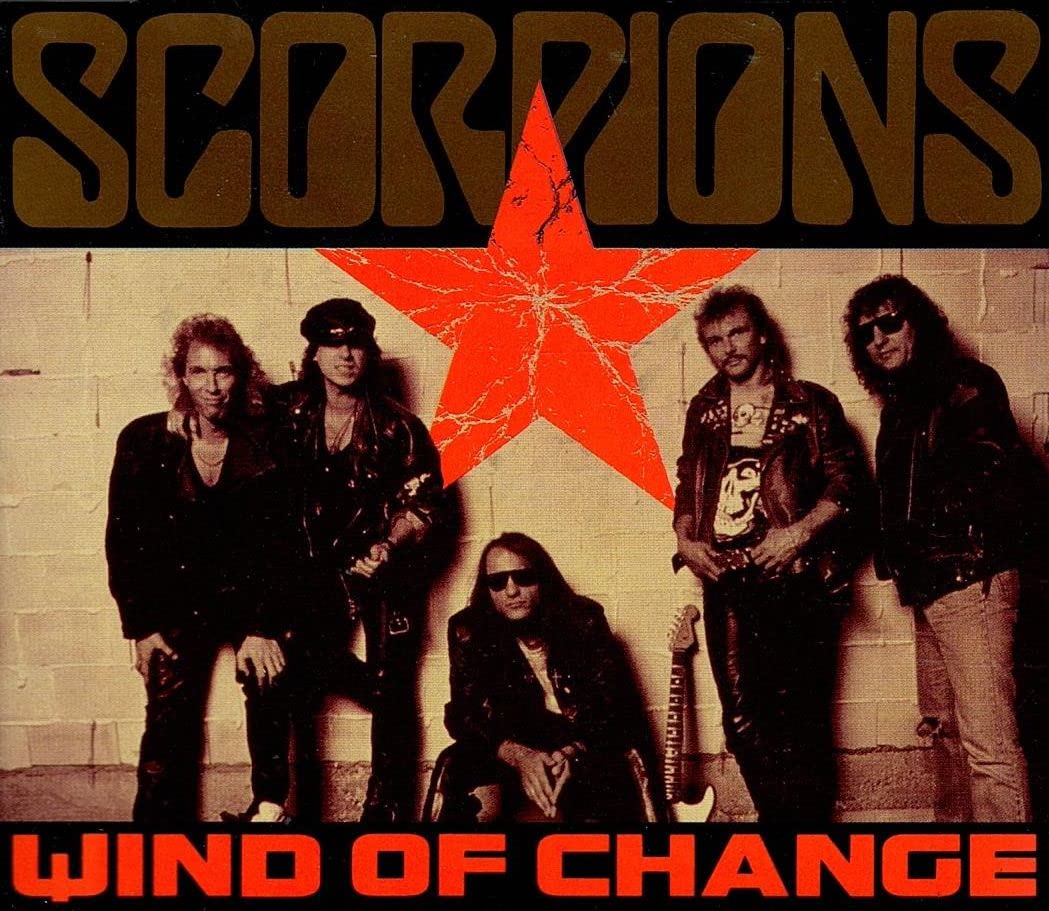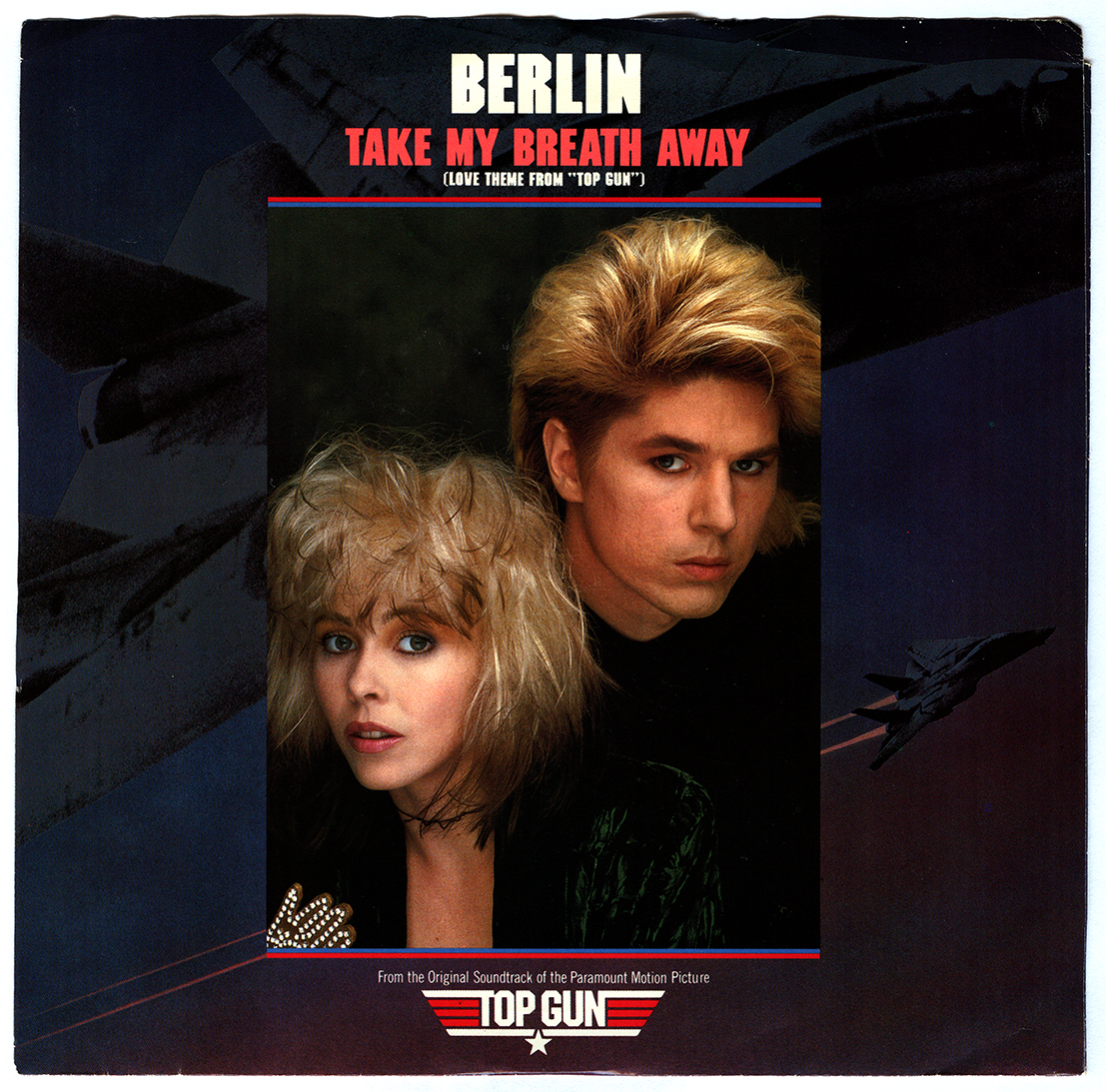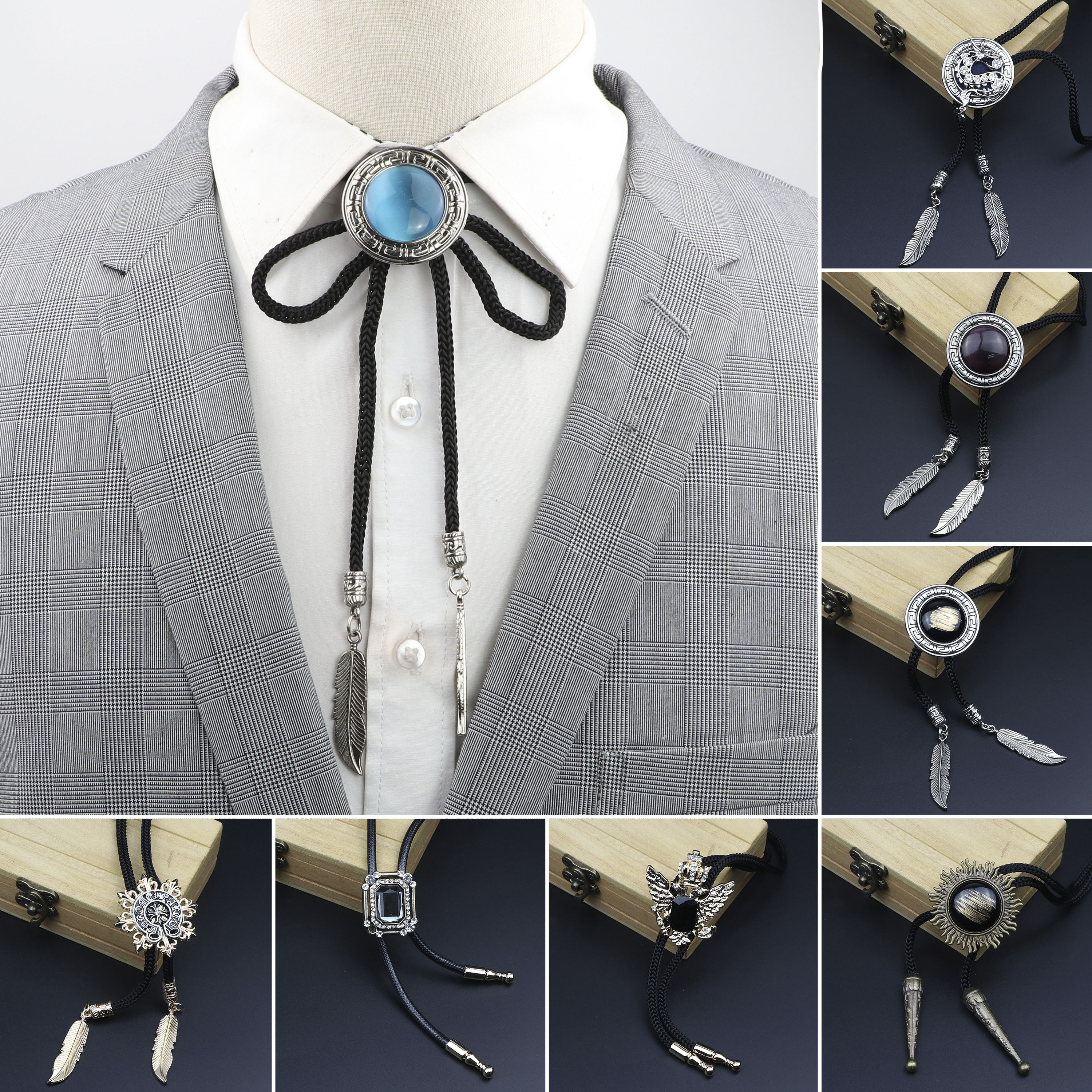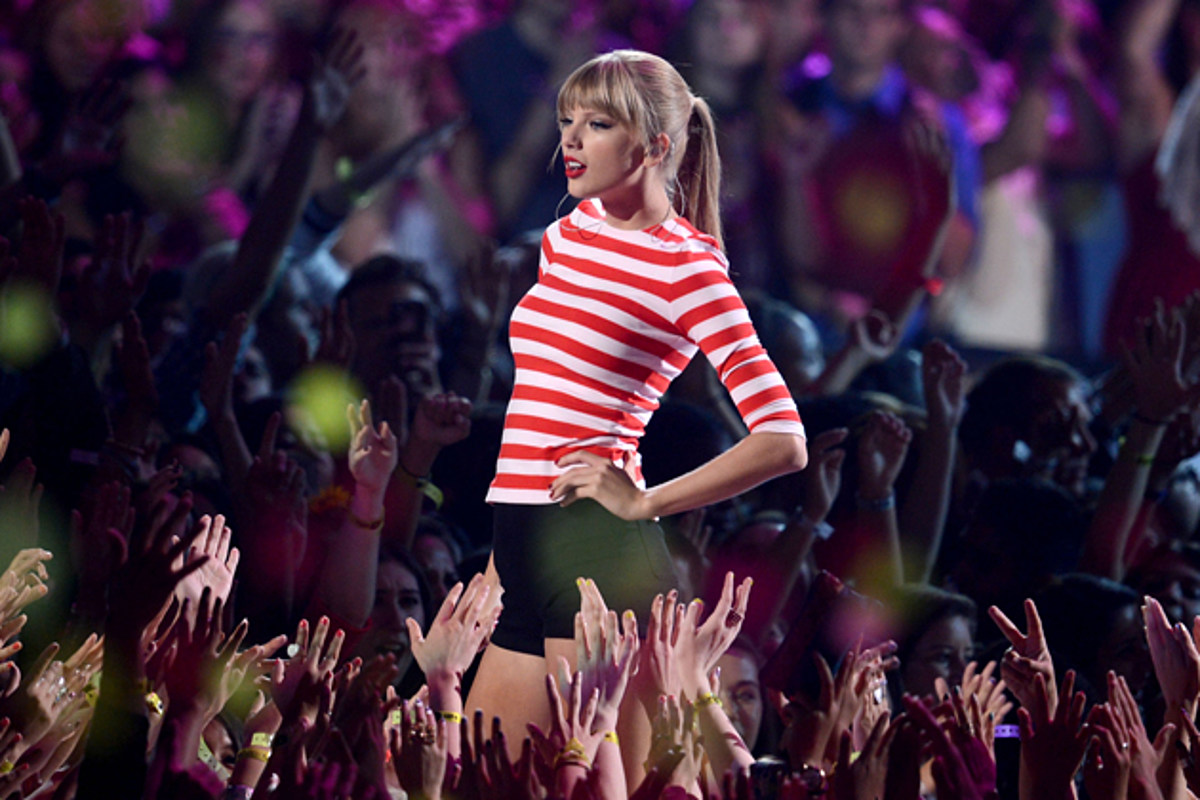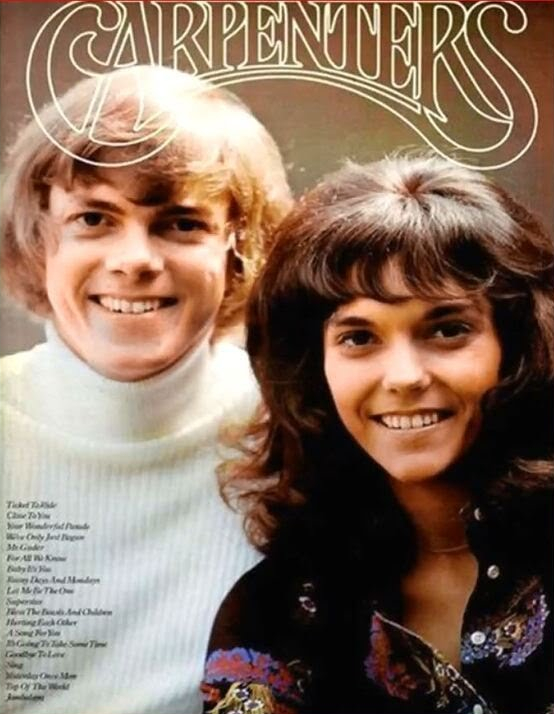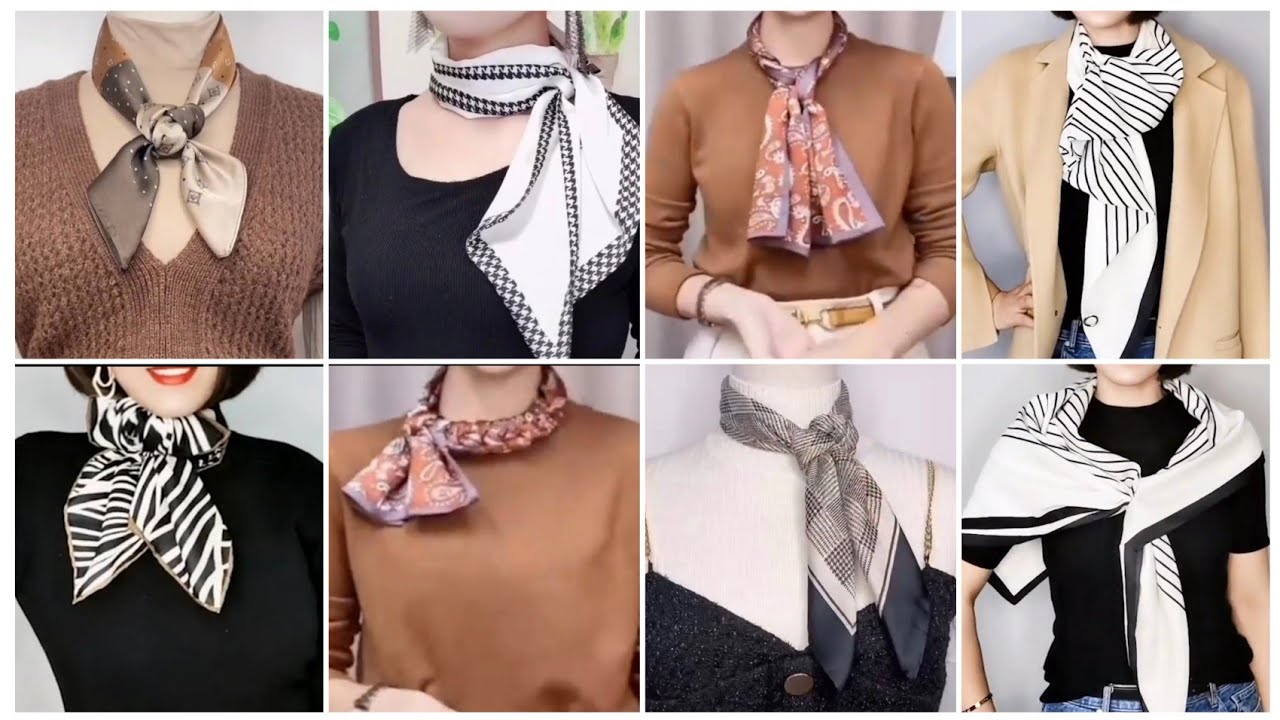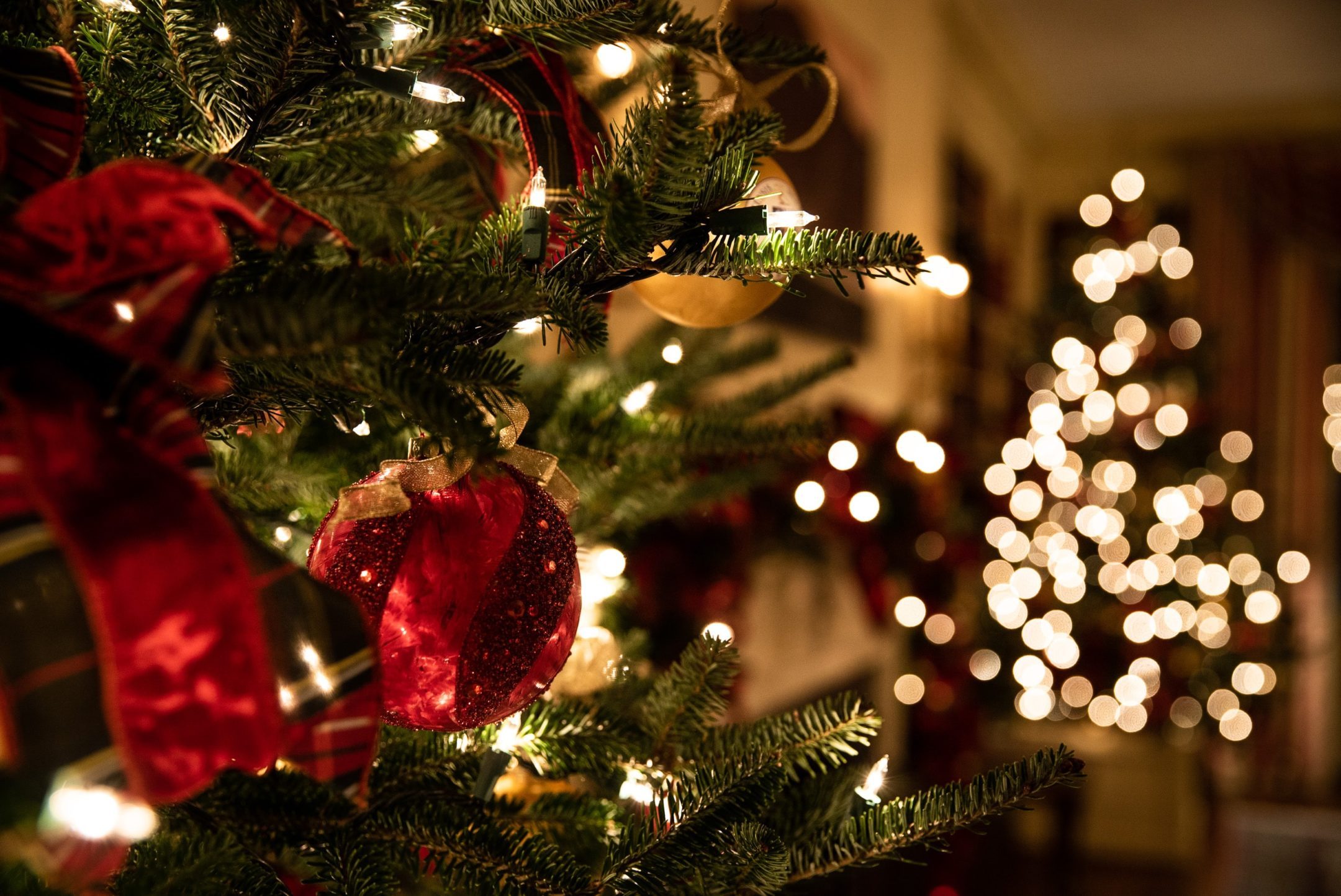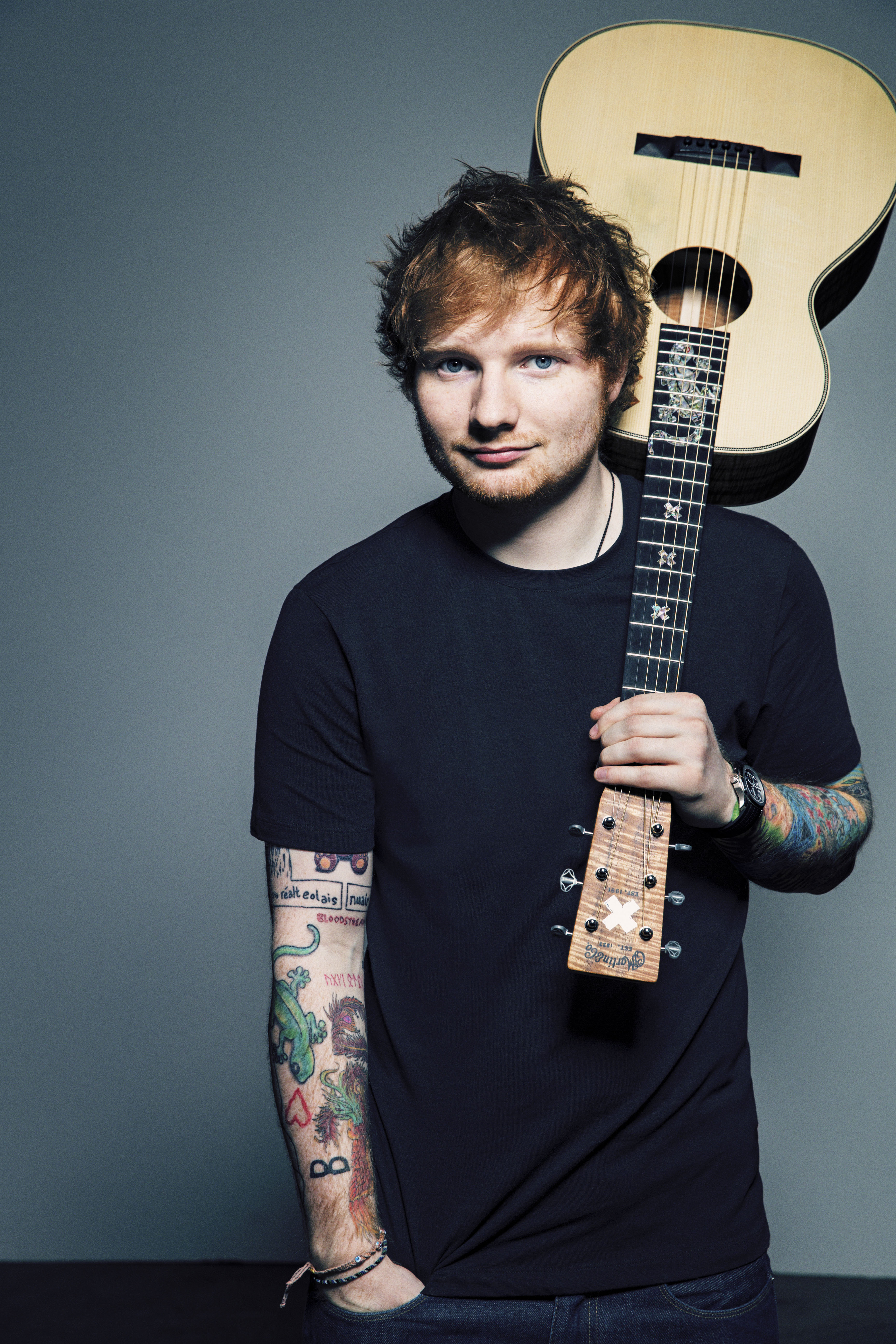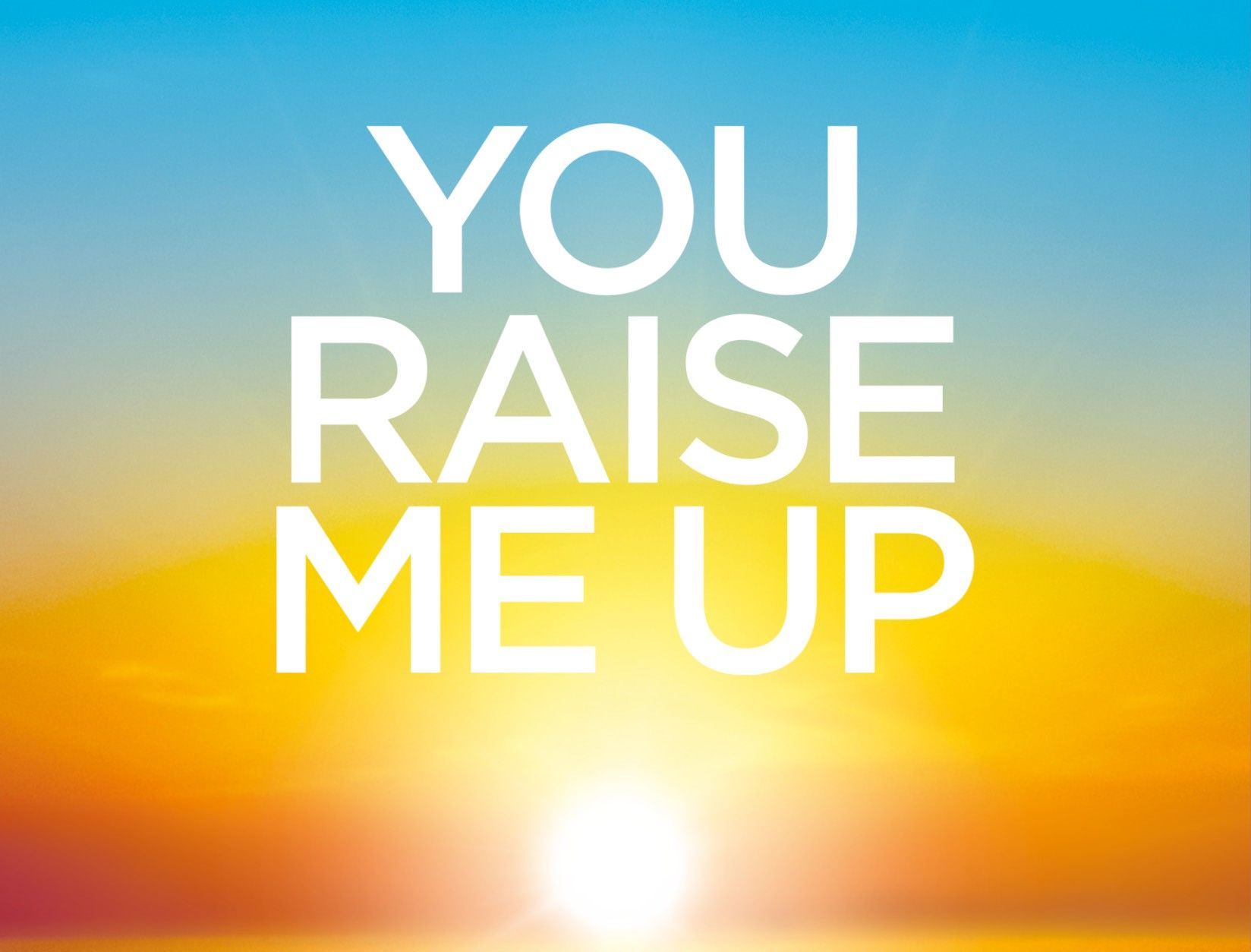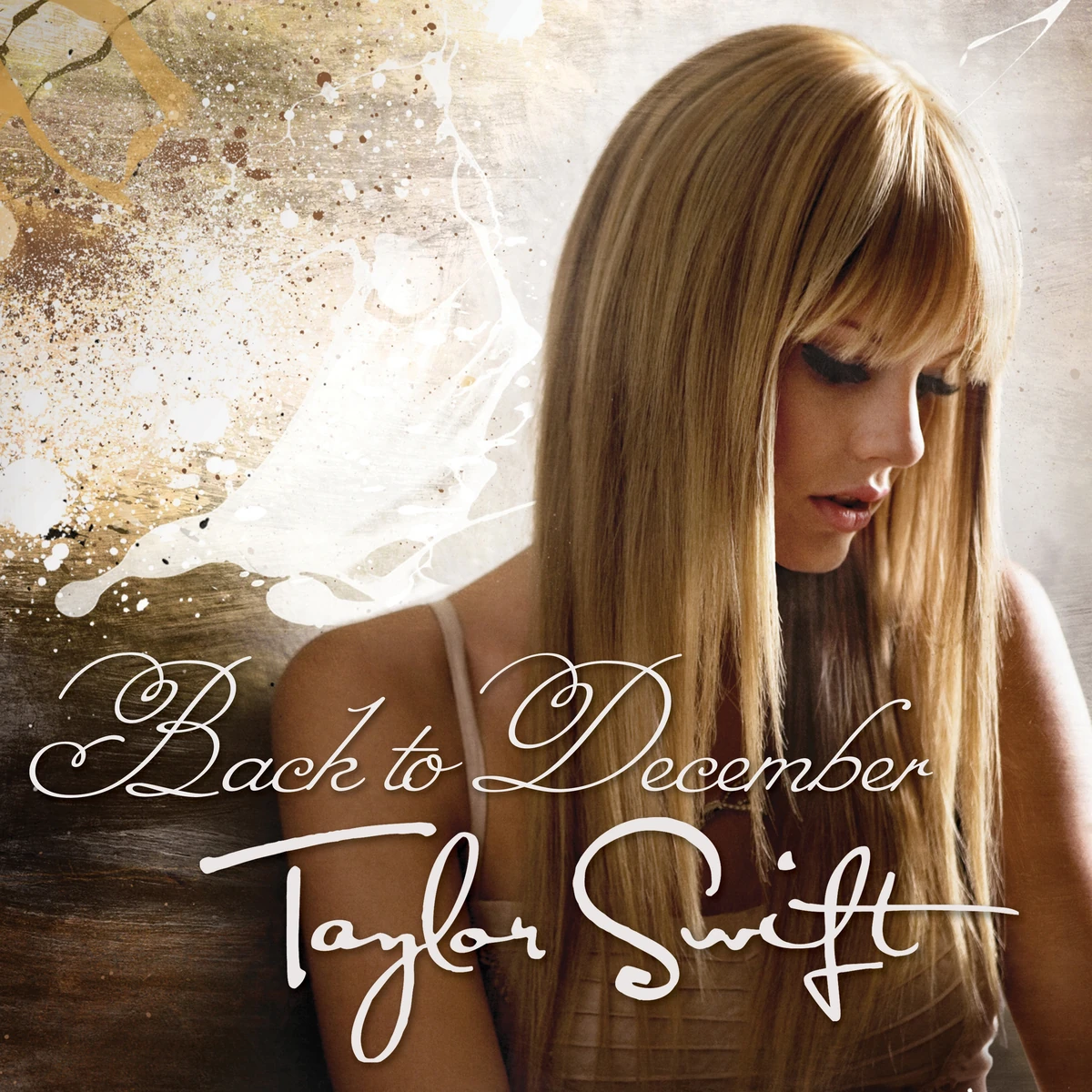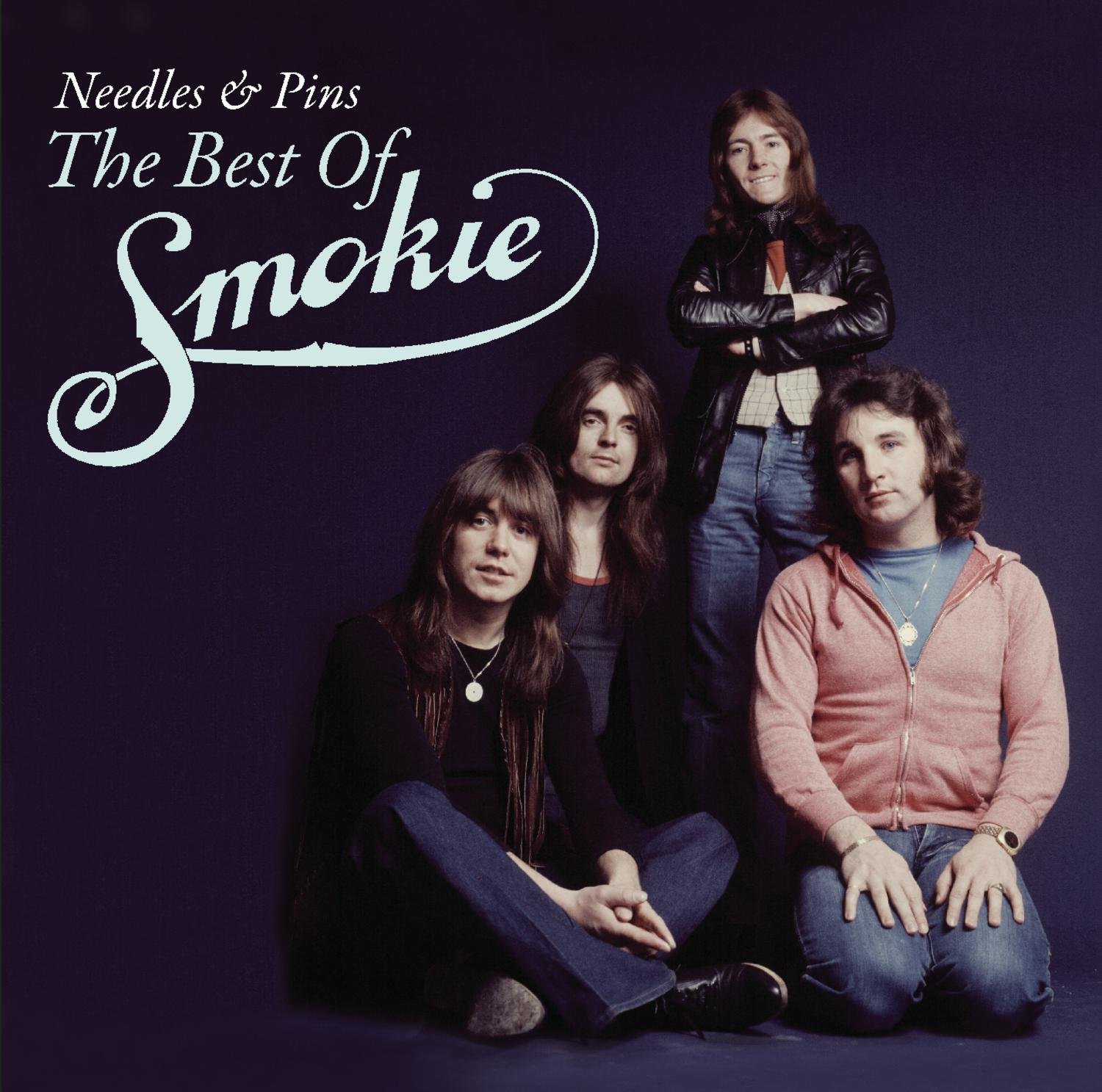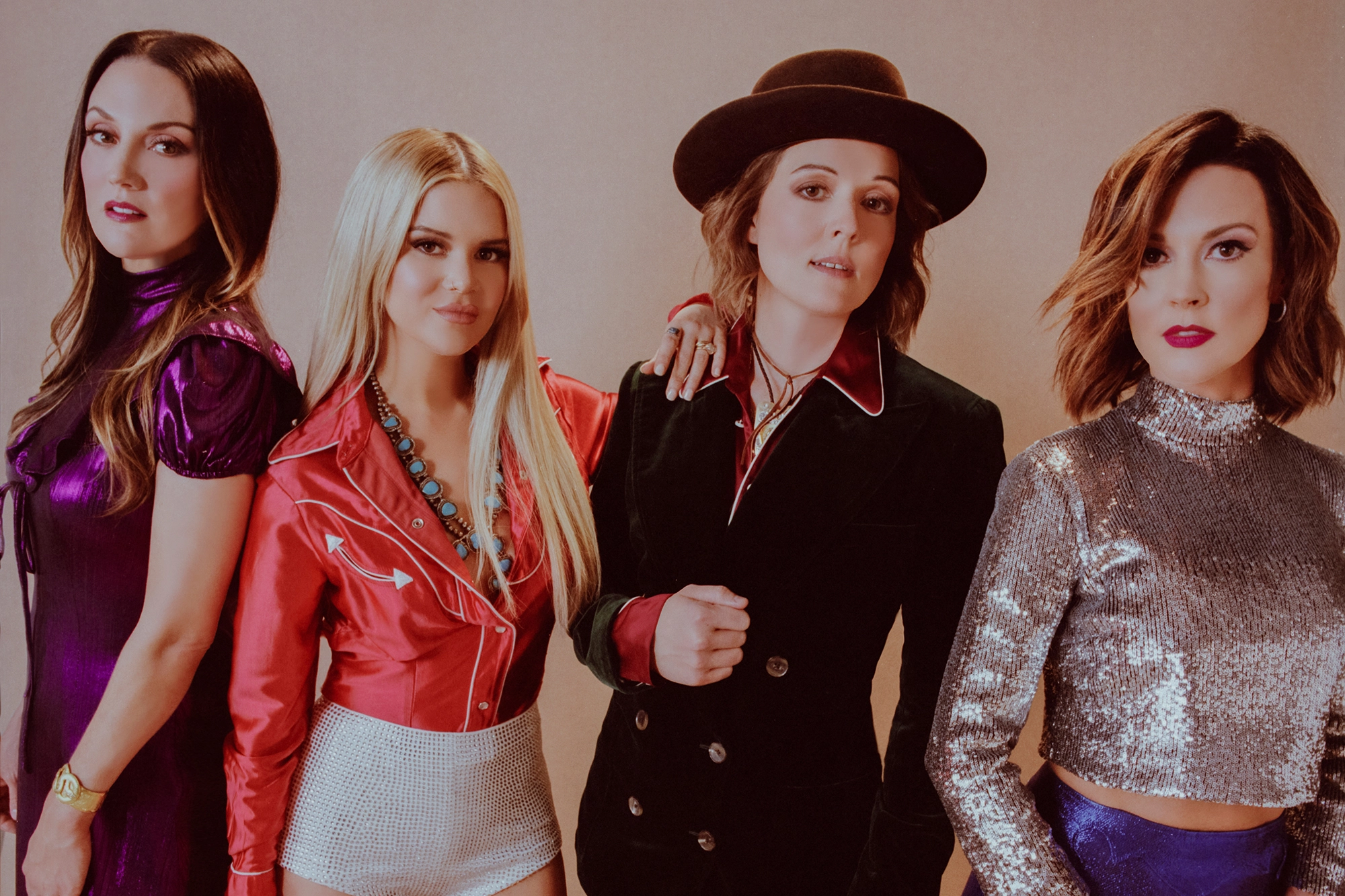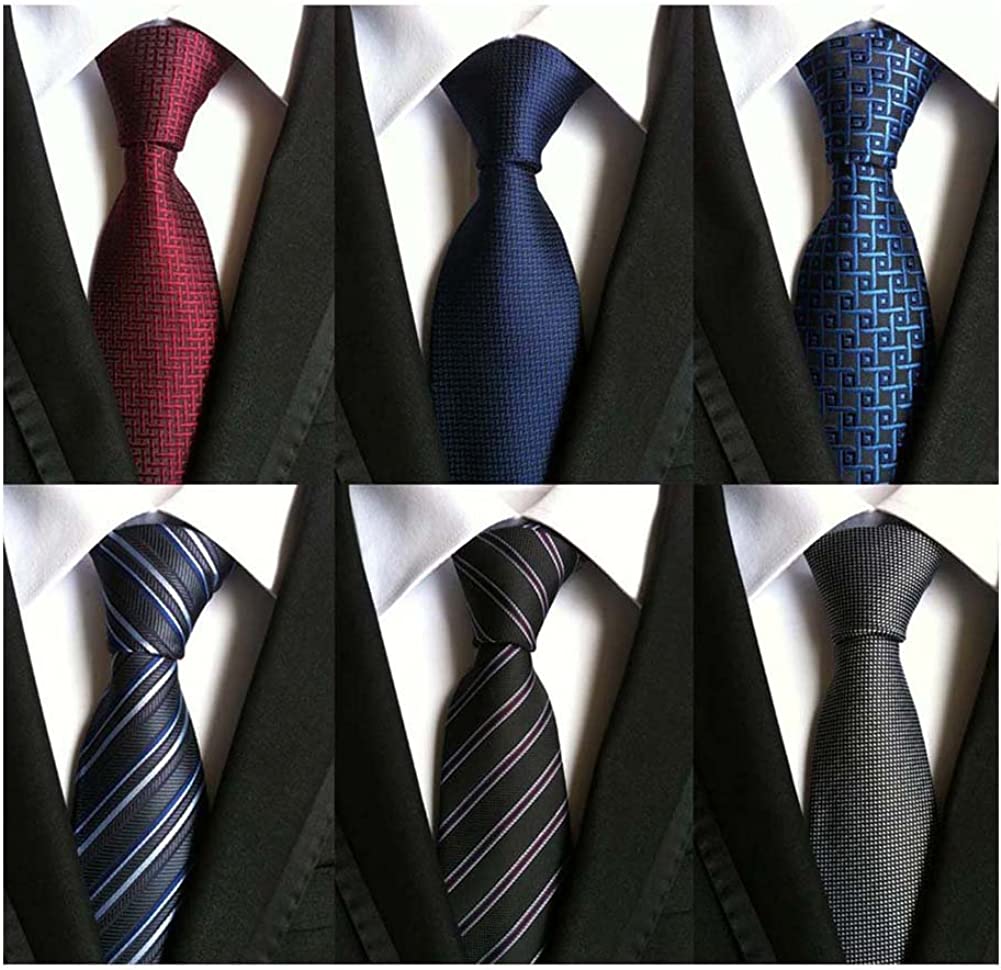
A necktie, or simply a tie, is a piece of cloth worn for decorative purposes around the neck, resting under the shirt collar and knotted at the throat, and often draped down the chest.
Variants include the ascot, bow, bolo, zipper tie, cravat, and knit. The modern necktie, ascot, and bow tie are descended from the cravat. Neckties are generally unsized but may be available in a longer size. In some cultures, men and boys wear neckties as part of office attire or formal wear. Women wear them less often. Neckties can also be part of a uniform. Neckties are traditionally worn with the top shirt button fastened, and the tie knot resting between the collar points.
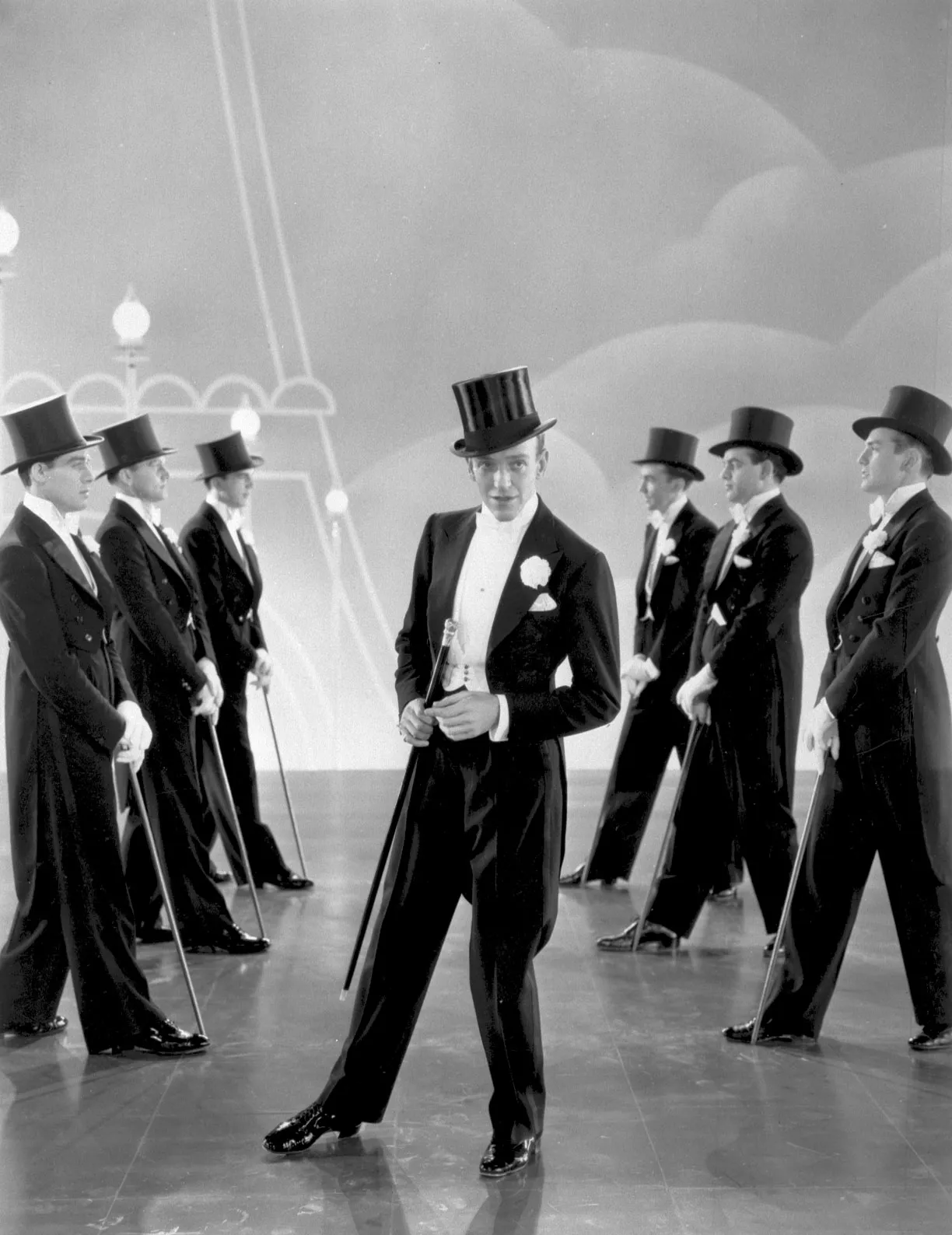
A tailcoat is a knee-length coat characterised by a rear section of the skirt, known as the tails, with the front of the skirt cut away.
The tailcoat shares its historical origins in clothes cut for convenient horse riding in the Early Modern era. Ever since the 18th century, however, tailcoats evolved into general forms of day and evening formal wear, in parallel to how the lounge suit succeeded the frock coat (19th century) and the justacorps (18th century).
Thus, in 21st-century Western dress codes for men, mainly two types of tailcoats have survived:
Dress coat, an evening wear with a squarely cut away front, worn for formal white tie
Morning coat (or cutaway in American English), a day wear with a gradually tapered front cut away, worn for formal morning dress
In colloquial language without further specification, "tailcoat" typically designates the former, that is the evening dress coat for white tie.

An ascot tie, ascot or hanker-tie is a neckband with wide pointed wings, traditionally made of pale grey patterned silk.[citation needed] This wide tie is usually patterned, folded over, and fastened with a tie pin or tie clip. It is usually reserved for formal wear with morning dress for daytime weddings and worn with a cutaway morning coat and striped grey formal trousers. This type of dress cravat is made of a thicker, woven type of silk similar to a modern tie and is traditionally either grey or black.[citation needed] A more casual form of ascot is in British English called a cravat, or sometimes as a day cravat to distinguish it from the formal ascot or dress cravat. The casual form is made from a thinner woven silk that is more comfortable when worn against the skin, often with ornate and colourful printed patterns.
The ascot is descended from the earlier type of cravat widespread in the early 19th century, most notably during the age of Beau Brummell, made of heavily starched linen and elaborately tied around the neck. Later in the 1880s, amongst the upper-middle-class in Europe men began to wear a more loosely tied version for formal daytime events with daytime full dress in frock coats or with morning coats. It remains a feature of morning dress for weddings today. The Royal Ascot race meeting at the Ascot Racecourse gave the ascot its name, although such dress cravats were no longer worn with morning dress at the Royal Ascot races by the Edwardian era. The ascot was still commonly worn for business with morning dress in the late 19th and very early 20th centuries.




